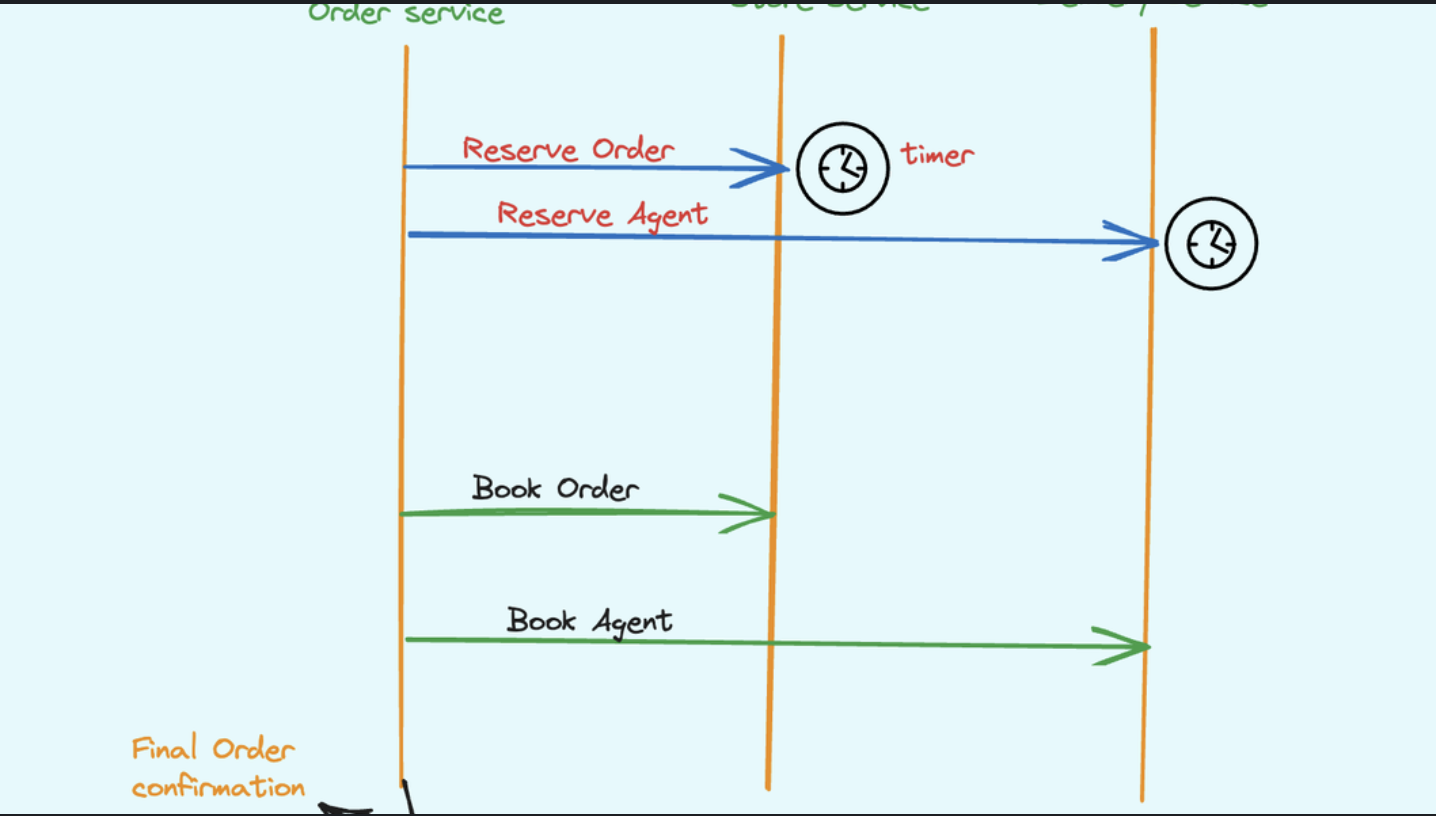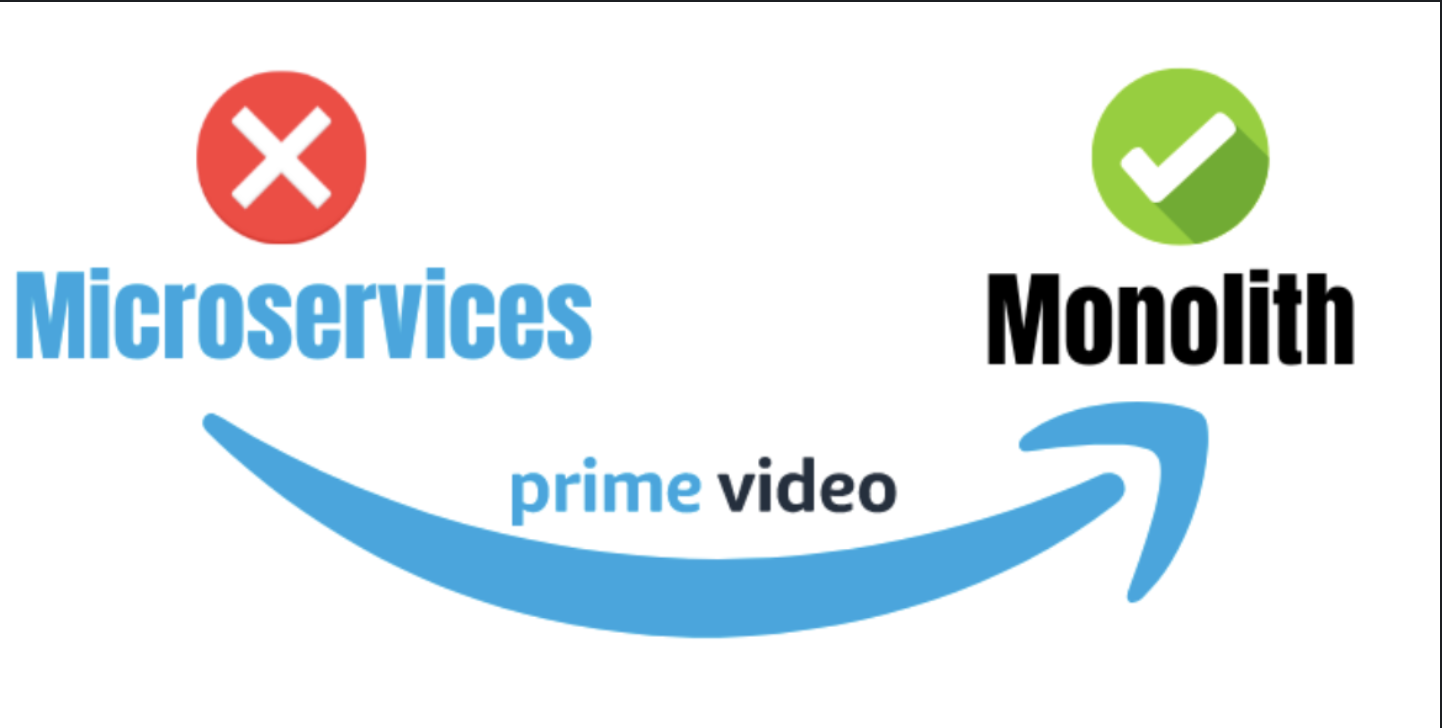Imagine the internet as a sprawling metropolis, bustling with websites, each its own sovereign domain. While information exchange fuels this city’s lifeblood, strict border controls govern how data passes between domains. This, in essence, is the reality of Cross-Origin Resource Sharing (CORS). Today, we embark on a journey to understand this intricate system, focusing on its ever-present gatekeeper: the preflight call.
Picture a scenario where your favorite recipe website wants to integrate a temperature conversion tool from another domain. Without CORS, this seemingly simple task becomes a security nightmare. The browser, acting as a vigilant protector, raises its shield, fearing rogue websites hijacking user data or manipulating resources. It’s a potential Wild West of digital chaos.
Enter CORS, the architect of cross-domain harmony. It establishes clear communication channels between websites, ensuring safe and authorized data exchange. But how does it achieve this? This is where the preflight call, our valiant knight, steps into the spotlight.
Think of the preflight call as an emissary, sent by the browser to the target domain. Its message? “Greetings, good neighbor! I wish to send you a request, but first, tell me your rules of engagement. What methods (e.g., GET, POST) may I utilize? What headers (e.g., authentication tokens) shall I carry?”
The target domain, acting as the gatekeeper, scrutinizes the request. Do the specified methods and headers align with its CORS policies? If so, the emissary returns with a warm welcome, granting access. But if not, the gates remain resolutely shut, protecting the domain’s integrity.
##This seemingly simple exchange serves a critical purpose:
- Security: Preflight calls prevent unauthorized access and malicious attacks. Only permitted requests traverse the data walls, mitigating risks like data theft or resource manipulation.
- Transparency: Clear communication establishes trust between domains. Websites know the exact conditions under which they can interact, facilitating predictable and reliable data exchange.
- Interoperability: CORS enables diverse websites to collaborate seamlessly, regardless of their underlying technologies. It’s the language of shared understanding that fuels the internet’s interconnectedness.
But the journey through CORS isn’t without its twists and turns. Developers must navigate complex configurations, balancing security with functionality. Preflight calls can occasionally introduce latency, impacting user experience. Yet, understanding these nuances is crucial for crafting robust and secure web applications. At the end
- It’s like getting permission before ringing the doorbell:
- If permitted, the browser proceeds with the actual request.
- If not allowed, the browser throws an error and your data access is denied.
This extra step might seem annoying, but it’s crucial for security:
- It prevents malicious websites from stealing data or manipulating resources they shouldn’t.
- It ensures only authorized sources can access cross-origin resources. with its preflight call as its loyal champion, stands as the guardian of cross-domain data exchange. It fosters a web where resources flow freely, yet securely, connecting websites in a tapestry of collaboration and innovation. As we navigate the ever-evolving digital landscape, remembering the principles of CORS and appreciating the power of the preflight call will guide us towards a web built on trust, security, and limitless possibilities.💡



